Hey Earth Rangers, get ready to be amazed! We’re here to tell you all about one of our most influential and inspiring Earth Rangers to date: Super Ranger Menka. Like so many of us Ranger Menka heard about Earth Rangers from a TV commercial. Of course, having a passion for animals and being an environmentalist at heart, Menka quickly decided to become a member! And what a joy it’s been having her on our team!
Since Ranger Menka has been a member since 2013, she’s completed 5 Bring Back the Wild Campaigns and 16 missions – but wait! She’s not done yet!She continues to be an active Earth Ranger to this day! In 2016 Ranger Menka participated in our ATK in Action Art Contest – and she was our Grand Prize Winner!
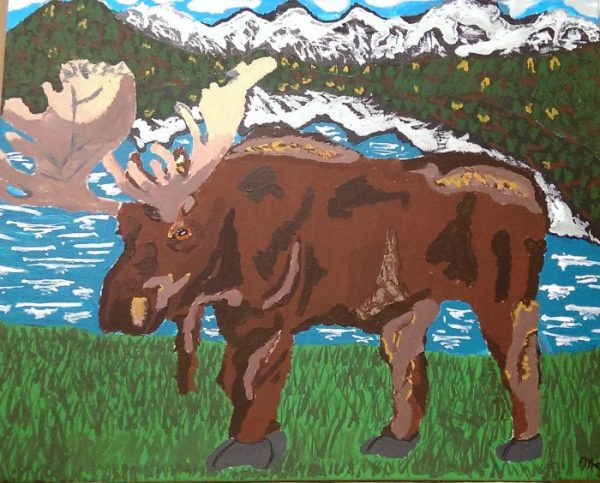
Have you ever heard the phrase ‘Everyone can be a hero’? Well, Ranger Menka surely demonstrates this with her amazing outlook on environmental efforts. Ranger Menka wisely states that “Each and every one of us has a responsibility to preserve wildlife and keep the environment clean for generations to come.” In order to keep wildlife and the natural environment safe Ranger Menka wants to remind us to always think about the impact our actions have on the world around us.
Every action we take can have real consequences (or benefits) on our natural environment! So how do our actions change the world around us? Take recycling, for example: every time you recycle you reduce the amount of waste going into our landfills, and you help protect the environment, animals and their homes!
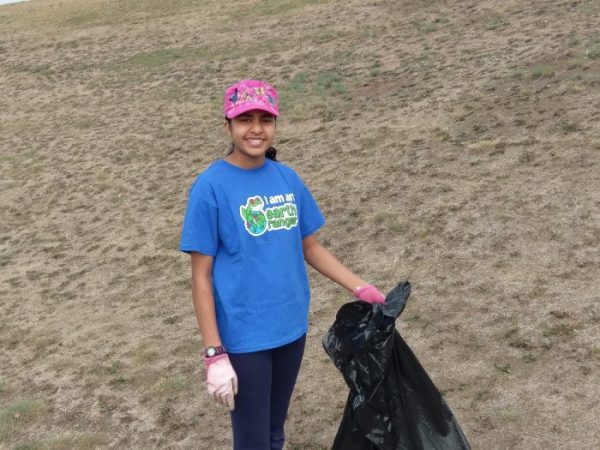
So remember, every action has a reaction, and it’s our job to make sure that reaction is positive! As Menka says, “We need to be mindful about our actions; so that we make sure no damage is done to the environment.” Whether it’s planting a tree (with the awesome new mission Just 1 Tree), or cleaning up garbage on a local Shoreline, you CAN make a difference (and a positive reaction)!
Ranger Menka would like to leave us with the reminder that “Animals have as much right as us to thrive and live peacefully.” I think, together, we can all make sure that our actions have positive reactions! Come on team; be mindful, be great, be Earth Rangers! #Environmentalist
Want to be an earth-saving hero like Ranger Menka? Check out these Missions!
Love this article and want to leave a comment? Not to worry – your comment will be visible after it’s checked by our Team to make sure it’s thoughtful and squeaky clean. Check out our posting guidelines here. (http://www.earthrangers.com/wildwire/earth-rangers-wild-wire-blog-the-how-to-guide-on-commenting-up-a-storm/)


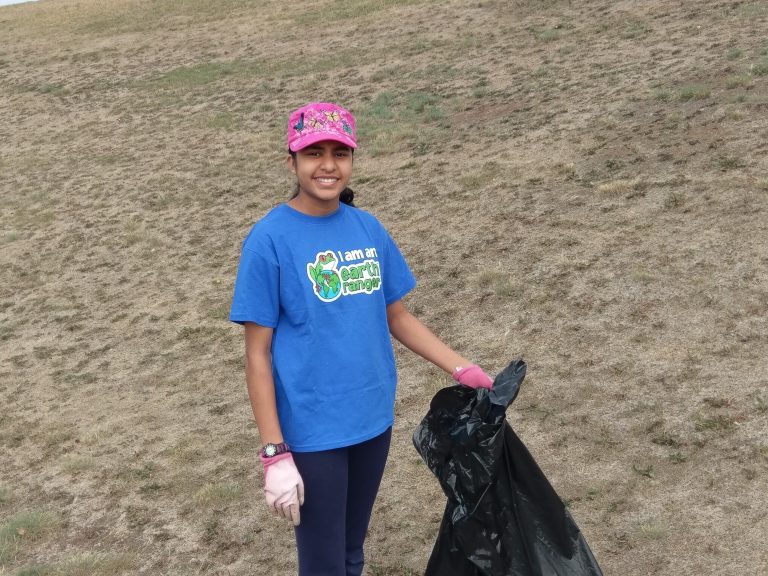



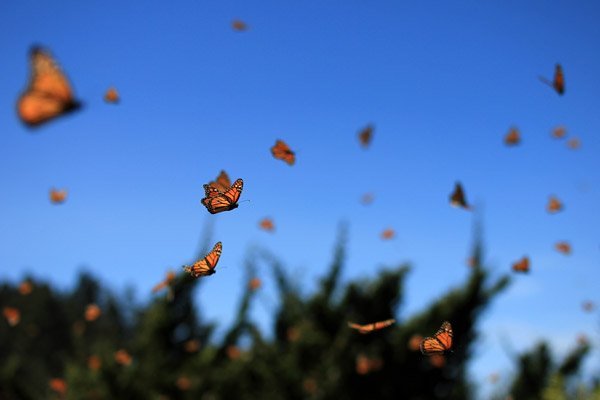

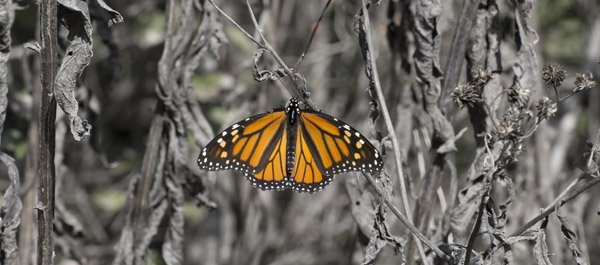
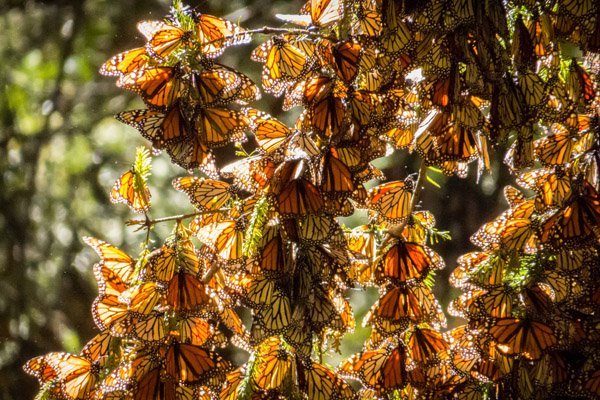













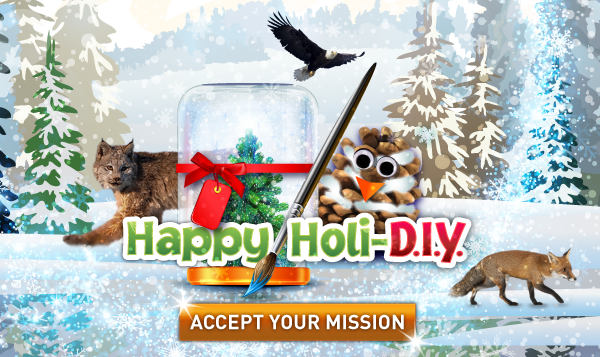


 When you accept the Happy Holi-DIY Mission, you’ll get access to awesome crafts that you can make from items found around your home. Grab an empty jar, an egg carton, an old pop bottle, a sock or even just a pinecone, and get crafting!
When you accept the Happy Holi-DIY Mission, you’ll get access to awesome crafts that you can make from items found around your home. Grab an empty jar, an egg carton, an old pop bottle, a sock or even just a pinecone, and get crafting!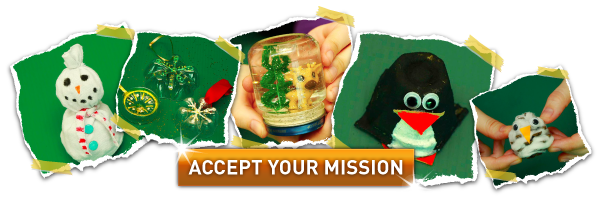


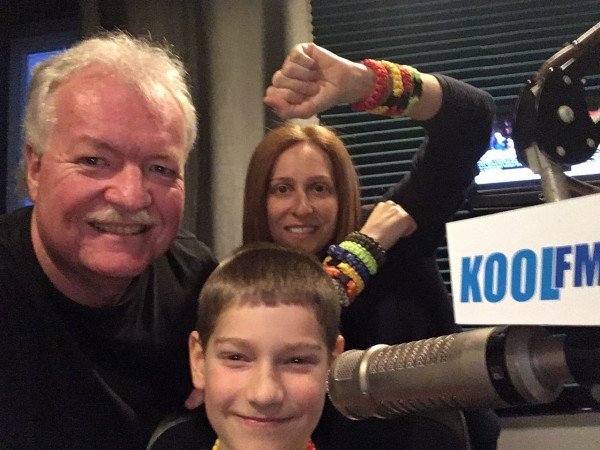
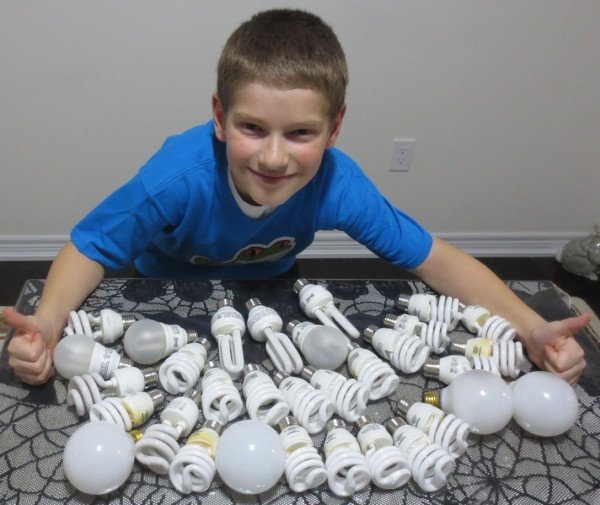

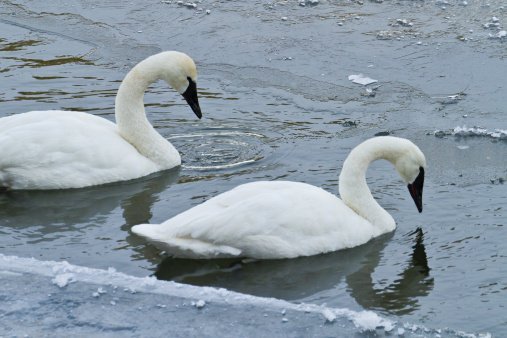
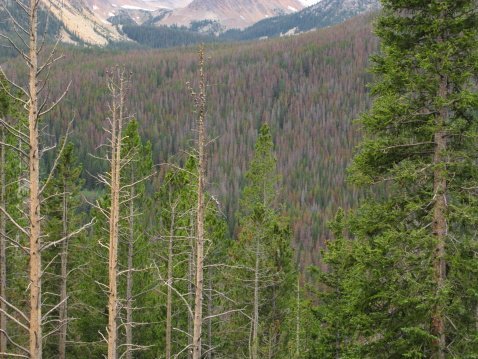


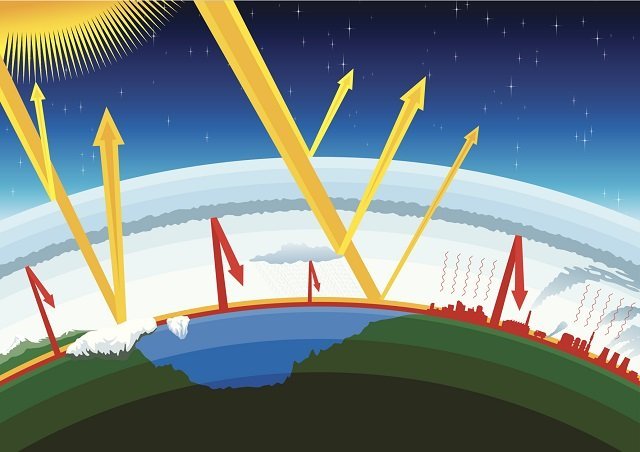
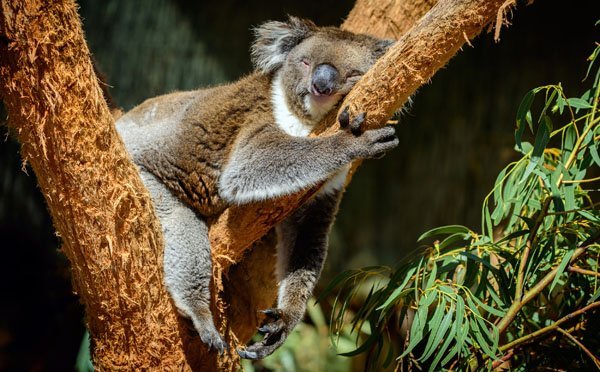





 Your Mission: Switch to energy-efficient light bulbs and help conserve electricity in your home!
Your Mission: Switch to energy-efficient light bulbs and help conserve electricity in your home!

